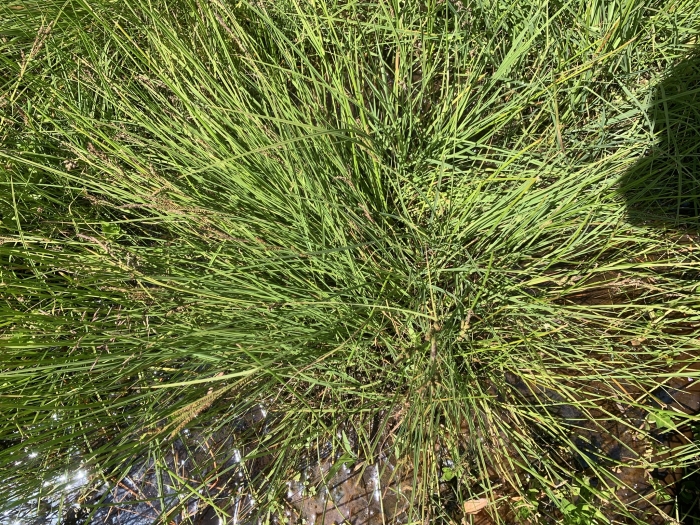Water Sedge
(Carex aquatilis)
Water Sedge (Carex aquatilis)
/
/

mark-groeneveld
CC BY 4.0
Image By:
mark-groeneveld
Recorded By:
Copyright:
CC BY 4.0
Copyright Notice:
Photo by: mark-groeneveld | License Type: CC BY 4.0 | License URL: http://creativecommons.org/licenses/by/4.0/ | Rights Holder: mark-groeneveld | Publisher: iNaturalist | Date Created: 2023-07-08T17:49:54Z |

























Estimated Native Range
Summary
Carex aquatilis, commonly known as water sedge or leafy tussock sedge, is a perennial herb that thrives in wetland habitats, including marshes, fens, wet meadows, and along the edges of ponds and streams. It is native to a circumboreal distribution, found throughout the northern regions of North America, Europe, and Asia. This sedge typically grows between 8 inches and 5 feet tall, forming dense clumps from a network of rhizomes. The plant’s foliage is grass-like, with long, narrow leaves that contribute to its tufted appearance. Water sedge is an important species for soil stabilization and water filtration in its native habitats.
Water sedge is valued for its ability to form dense mats of roots and rhizomes, which can be useful in erosion control and wetland restoration projects. It is also used to revegetate areas where peat has been harvested, as it can form peat over time through the decomposition of its rhizome system. In cultivation, it prefers full sun to part shade and requires consistently moist to wet soil conditions. It is not commonly found in ornamental gardens but is an excellent choice for naturalized areas or rain gardens. While generally low-maintenance, it can spread aggressively in ideal conditions and may require management to keep it in check.CC BY-SA 4.0
Water sedge is valued for its ability to form dense mats of roots and rhizomes, which can be useful in erosion control and wetland restoration projects. It is also used to revegetate areas where peat has been harvested, as it can form peat over time through the decomposition of its rhizome system. In cultivation, it prefers full sun to part shade and requires consistently moist to wet soil conditions. It is not commonly found in ornamental gardens but is an excellent choice for naturalized areas or rain gardens. While generally low-maintenance, it can spread aggressively in ideal conditions and may require management to keep it in check.CC BY-SA 4.0
Plant Description
- Plant Type: Grass
- Height: 2-3.3 feet
- Width: 1-1.6 feet
- Growth Rate: Moderate
- Flower Color: N/A
- Flowering Season: Summer
- Leaf Retention: Evergreen
Growth Requirements
- Sun: Full Sun, Part Shade
- Water: High
- Drainage: Medium, Slow
Common Uses
Erosion Control, Low Maintenance, Water Garden
Natural Habitat
Wetland habitats, including marshes, fens, wet meadows, and pond and stream edges
Other Names
Common Names: Water Sedge, Marsh Sedge, Aquatic Sedge
Scientific Names: , Carex aquatilis, Carex aquatilis subsp. aquatilis, Carex aquatilis var. genuina, Carex aquatilis var. pulchella, Neskiza aqualitis, Neskiza aquatilis, Vignea aquatilis,
GBIF Accepted Name: